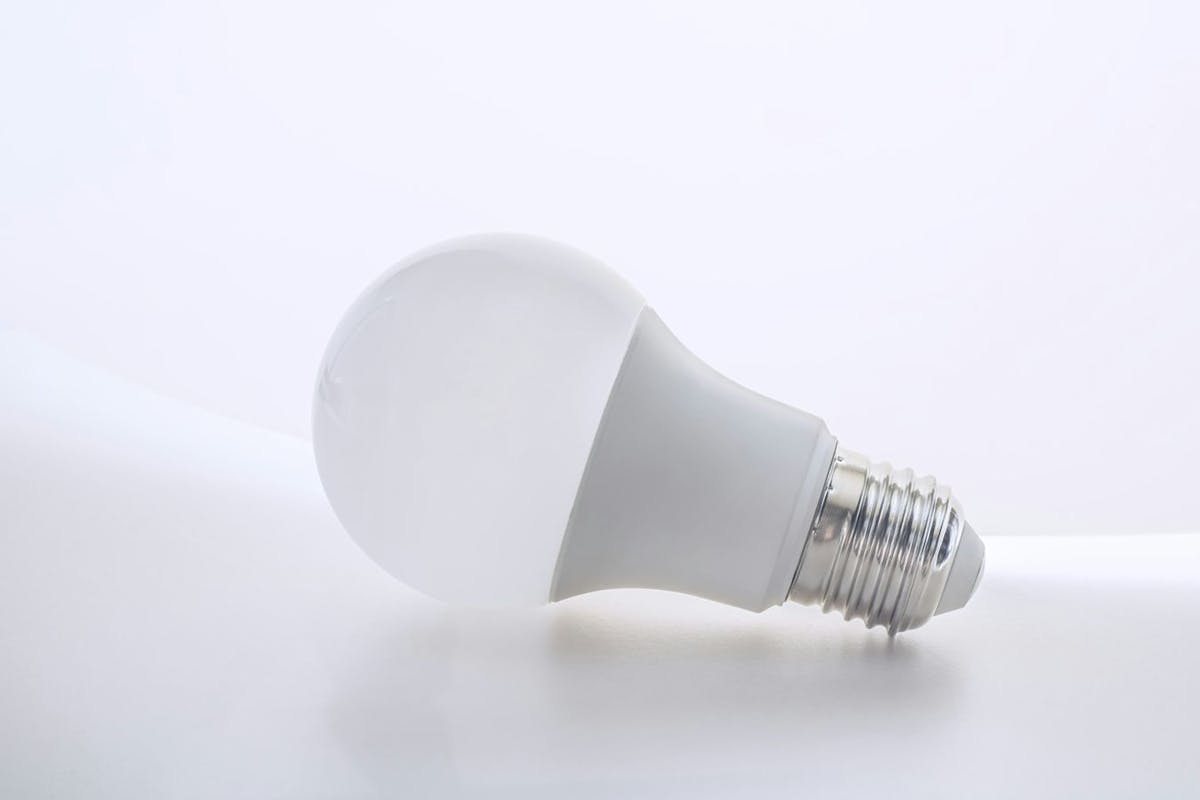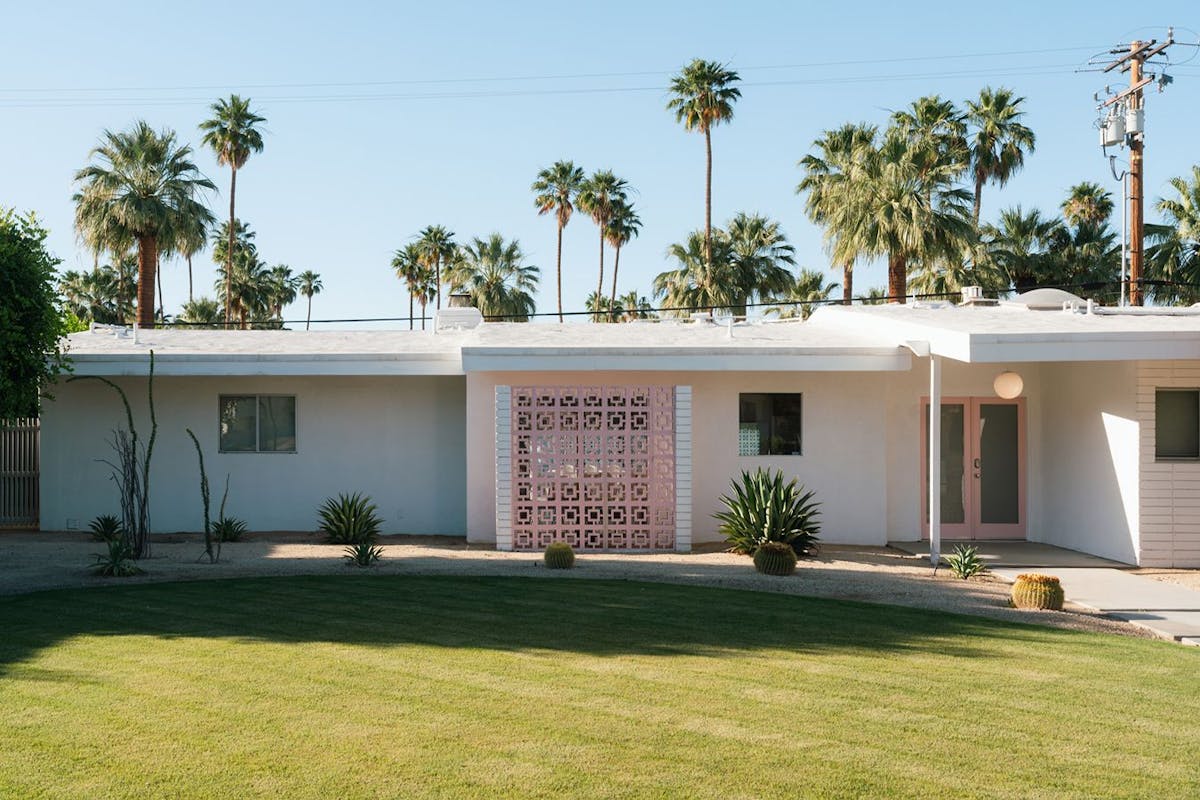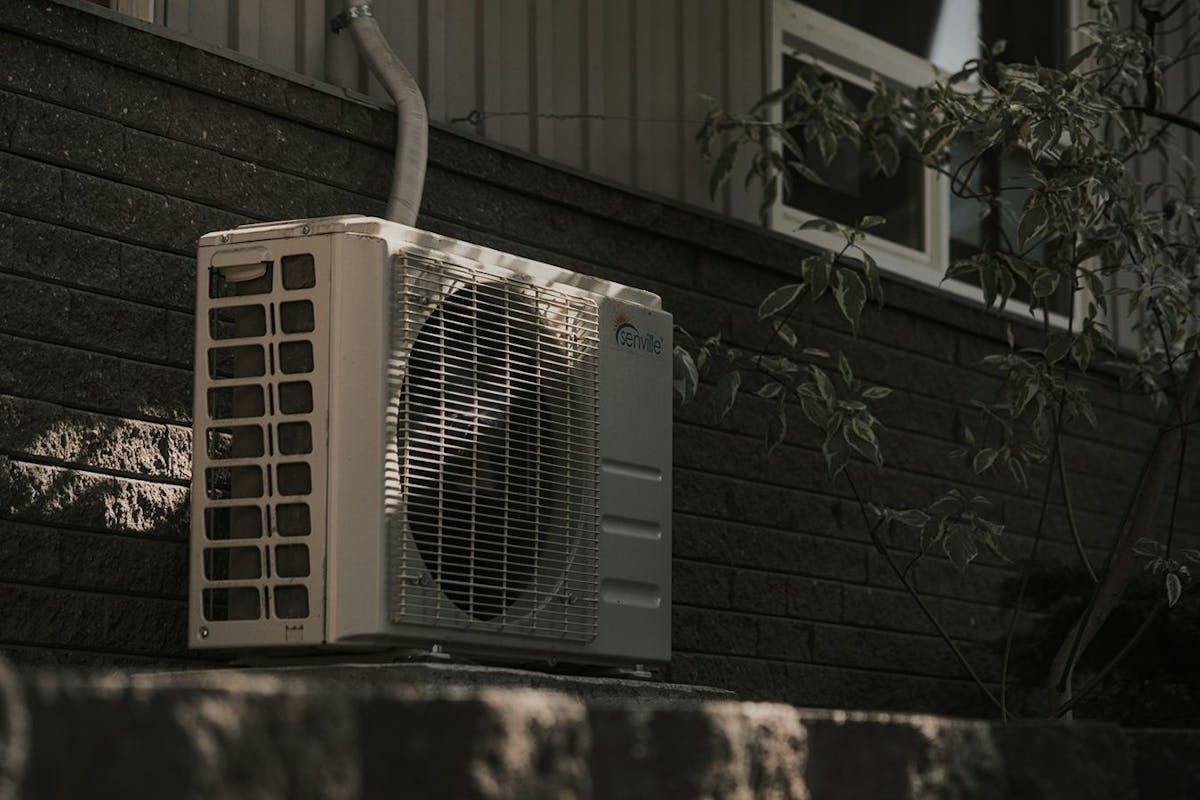Switch and Save for Years With LED Light Bulbs
Last edited

Author
Andrew Giermak
Solar and Electrification Writer and Editor

Editor
Andrew Blok
Electrification and Solar Writer and Editor

Saving money and energy for 25 or more years at home is possible, and as simple as changing some light bulbs. Switching from old light bulbs to new LED light bulbs has multiple benefits including super-long lifespans.
Incandescent light bulbs haven’t changed much since Thomas Edison in New Jersey in 1879. Now, LED light bulbs are greener, cleaner, cooler, safer, and longer lasting. And, they can save you energy and money. Switching is as simple as changing a light bulb.
See how much you can save with home energy changes
What are LED light bulbs?
LED stands for light-emitting diodes. An LED light bulb is a semiconductor device with two materials. One is called n-type, which has an excess of electrons, and the other is called p-type, with a deficit of electrons. The n-type and p-type are joined with a junction. When electricity goes through the junction, the electrons move and release energy as light photons.
We’ve used incandescent bulbs for more than 100 years. LED lights are becoming more popular because of energy efficiency, longevity, and very low heat output.
LED light bulbs use at least 75% less energy than incandescent light bulbs according to the US Department of Energy.
The Department of Energy projected using LED bulbs would save up to 569 terawatt-hours (TWh) compared to not using LEDs at all from now to 2035. To put that into perspective, 569 TWh is equivalent to the total energy output of at least 92 1,000-megawatt power plants. LED light bulbs can last 25,000+ hours, which can be more than 25 times longer than incandescent bulbs. A lifespan of 25,000 hours equals about 23 years of normal light usage (on for three hours per day). LED light bulbs run much cooler, and are less of a fire or safety hazard, compared to incandescent bulbs.
How is an LED bulb different from an incandescent bulb?
An incandescent light bulb has a filament which heats up and gives off light. Most of the energy, about 90%, that goes into an old bulb is turned into heat, not light. A 10-watt LED bulb gives off as much light as a 60-watt incandescent bulb.
This energy efficiency is the main environmental benefit of switching to LED lightbulbs. You’re using less fossil fuel and having a smaller carbon footprint. Plus, an efficient LED bulb can last 50,000 hours or more compared to about 1,000 hours for an incandescent bulb.
LED light bulbs last about 3-5 times longer than CFL fluorescent bulbs, give off less heat, and do not have mercury which is toxic and can be a problem if a bulb breaks.
See how much you can save with home energy changes
How much energy can LED bulbs save?
There are two main ways you can save by switching to LED lightbulbs. One, you save on energy bills right away. Two, you save by buying one LED bulb for every 25 or more incandescent bulbs.
The Department of Energy estimates a home could save about $225 a year in energy costs going to all LED lights.
If you replace one 60-watt incandescent bulb that you use three hours a day with a 10-watt LED bulb, you could save an estimated $9.56 over a year, if you paid the national average electric rate in May 2025 ($0.1747 per kWh). Here’s the equation:
50 watts less per hour x 3 hours = 150 watt-hours per day
150 / 1,000 = 0.15 kWh per day
0.15 x 365 days = 54.75 kWh per year
54.75 kWh x 0.1747 = $9.56
This can be multiplied by the total number of light bulbs in your home.
LED bulbs typically cost more to buy per bulb. However, the long-term savings from the lifespan of LED bulbs are clear once you figure LED bulbs last 25,000-50,000 hours compared to about 1,000 for incandescent bulbs or 8,000-10,000 for CFL bulbs.
You can spend even less on the energy used to light your home, and all of your home’s power, by going solar with home solar panels. To learn more and see an estimate of savings specific to your home, check out Palmetto’s solar savings tool or Savings Maximizer. You can also download the new Palmetto app to track your energy use at home and find ways to reduce it.
See what home electrification can do for you:
Frequently asked questions
Can LED bulbs save you money?
Efficient LED light bulbs typically save users money in two ways. They use less energy and, in long-term costs, they last 25-50 times longer than incandescent bulbs.
Are LED lights and smart lights the same?
All smart lights are LED light bulbs, but not all LEDs are smart lights. Smart lights are network-connected lights you can control from an app, voice control, or a smart hub.
Is it worth switching to LED light bulbs?
In most cases, it makes sense and it’s worth going to LED light bulbs. You can save money, use less energy, have safer and cooler lights, and have longer lasting bulbs. The long-term savings on electricity and bulbs make LED bulbs more economical and sustainable.
Lead photo by Ian Talmacs on Unsplash


